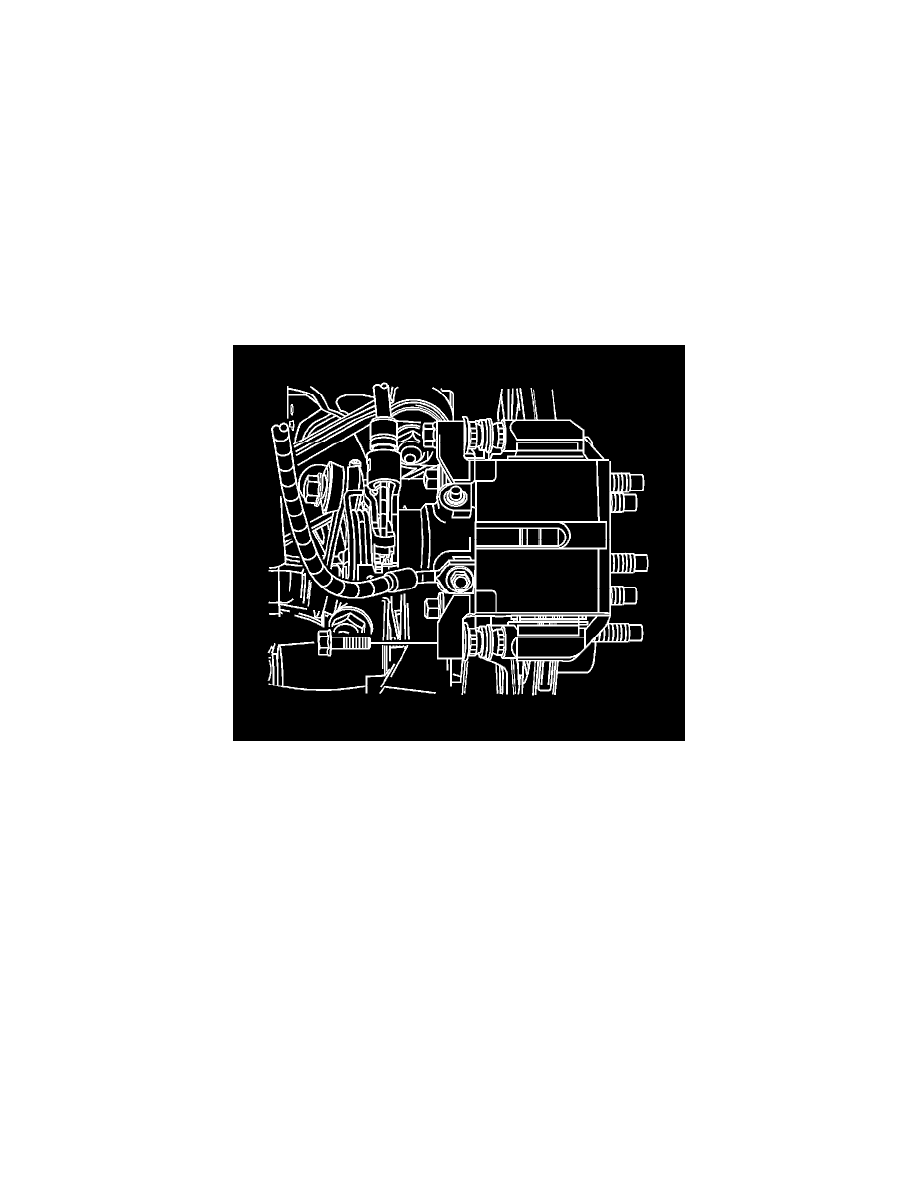Malibu L4-2.4L (2010)

12. Fill the master cylinder auxiliary reservoir to the proper level. Refer to Master Cylinder Reservoir Filling (See: Hydraulic System/Brake Master
Cylinder/Service and Repair/Procedures/Master Cylinder Reservoir Filling).
13. Burnish the pads and rotors. Refer to Brake Pad and Rotor Burnishing (See: Procedures).
Rear Disc Brake Pads Replacement
Rear Disc Brake Pads Replacement
Removal Procedure
Warning: Refer to Brake Dust Warning (See: Service Precautions/Technician Safety Information/Brake Dust Warning).
1. Inspect the fluid level in the brake master cylinder reservoir.
2. If the brake fluid level is midway between the maximum-full point and the minimum allowable level, no brake fluid needs to be removed from the
reservoir before proceeding.
3. Raise and suitably support the vehicle. Refer to Lifting and Jacking the Vehicle (See: Maintenance/Vehicle Lifting/Service and Repair).
4. Remove the tire and wheel assembly. Refer to Tire and Wheel Removal and Installation (See: Maintenance/Wheels and Tires/Service and Repair
).
5. Remove the lower brake caliper guide pin bolt.
Caution: Support the brake caliper with heavy mechanic wire, or equivalent, whenever it is separated from its mount and the hydraulic flexible
brake hose is still connected. Failure to support the caliper in this manner will cause the flexible brake hose to bear the weight of the caliper, which
may cause damage to the brake hose and in turn may cause a brake fluid leak.
6. Pivot the brake caliper upward from the caliper bracket and support the caliper out of the way with heavy mechanic's wire or equivalent; ensure
that there is no tension on the hydraulic brake flexible hose. Do NOT disconnect the hydraulic brake flexible hose from the caliper.
